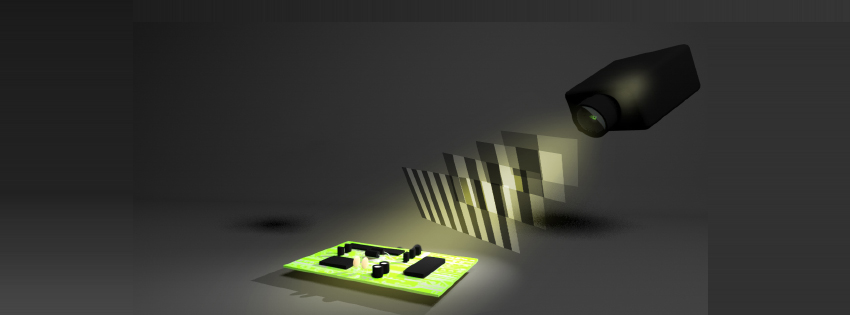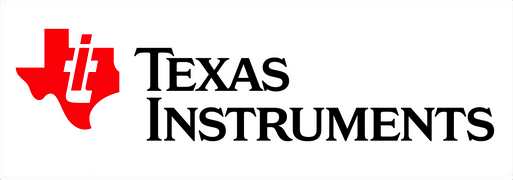What is 3D Machine Vision?
In general terms, 3D Machine Vision involves the construction of digital 3D models of objects within a machine, such as a computer, and the subsequent manipulation of the model for any one of a number of different purposes. The 3D model is comprised of a set of discrete data points that typically locate part of an object in space (say, within a traditional x-y-z coordinate system) and may contain additional information about the object such as color, reflectivity, and texture. The resulting model can be manipulated and modified using any of a number of 3D drawing programs. It may be examined for properties crucial to an application, such as cracks or breaks in monitoring structures or abnormalities in medical scans. The model can also be made to interact with other objects.
An important aspect of 3D Machine Vision is the process of constructing the model of an object. The two most common methods for model construction are advanced computer aided design (CAD) software and 3D Scanning. The DLP-based applications of interest are related to the 3D Scanning approach, where a system uses a sensor and possibly other components to obtain a set of information on the properties of existing objects. This approach is used to produce surface models, representing the qualities of the object’s surface, rather than volumetric models, which includes the internal properties of the object as well. The quality of the model that is created depends strongly on the capabilities and limitations of the scanning system.
3D Machine Vision has strong potential for a wide range of applications, including:
• Archeology, architecture, and sculpture – the objects can be preserved for long periods of time without deterioration in model form while allowing the object to be viewed and studied by large numbers of people.
• Fashion (design, production, marketing) – a digital model of a client or of typical human forms can be used to study how clothing designs interact with and appear on human forms, and to custom design clothes for specific clients.
• Feature Identification and Evaluation/Comparison – objects can be compared and classified, either for quality control of manufactured items or security through biometric feature identification.
• Medical applications – models of the human body can be used to support diagnosis efforts, train physicians on medical procedures, and optimize surgical procedures.
• Virtual environments (training) – 3D models can facilitate training in a number of different areas, including flight simulation, combat maneuvers, and similar areas where real-life training is either dangerous, expensive, or otherwise limited in terms of time, availability or space.
• Entertainment – 3D modeling of objects, humans, and creatures has increased the complexity and realism of movies and video games, providing a richer and more satisfying experience.
• Visual computing – any application where the model can be used to express or discuss an idea or to analyze a large set of numerical data that may readily present patterns or insight when realized in a 3D spatial form.


